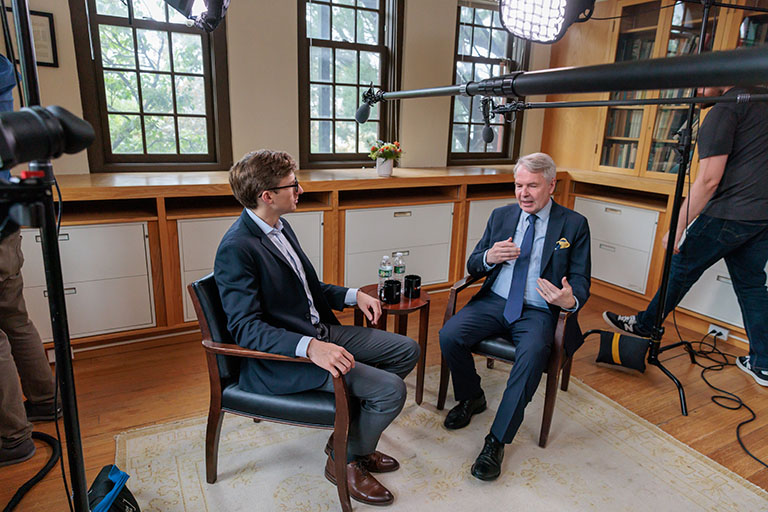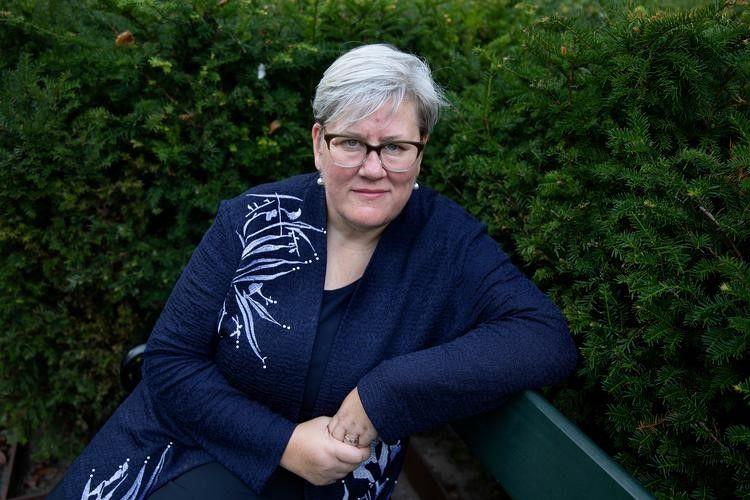-

Hear from Professor Monica Toft
Learn how Professor Monica Toft is shaping the study of global affairs and diplomacy at Fletcher.
Hear from Prof. Toft -

Explore Fletcher academics in action
Fletcher Features offers insights, innovation, stories and expertise by scholars.
Get global insights -
Get application tips right from the source
Learn tips, tricks, and behind-the-scenes insights on applying to Fletcher from our admissions counselors.
Hear from Admissions -

Research that the world is talking about
Stay up to date on the latest research, innovation, and thought leadership from our newsroom.
Stay informed -
Meet Fletcherites and their stories
Get to know our vibrant community through news stories highlighting faculty, students, and alumni.
Meet Fletcherites -

Forge your future after Fletcher
Watch to see how Fletcher prepares global thinkers for success across industries.
See the impact -

Global insights and expertise, on demand.
Need a global affairs expert for a timely and insightful take? Fletcher faculty are available for media inquiries.
Get in Touch
Northwest heat wave demonstrates world's growing cooling needs
Dean Rachel Kyte shares cooling strategies that can alleviate the demand on power grids across the nation in Axios.

What we're watching: How much of the world's growing global cooling needs will be met with highly efficient units and buildings, use of heat pumps, low-impact coolants, and systems plugged into grids with high amounts of zero-carbon power.
- A separate IEA report last month, which models a global energy system that achieves "net-zero" emissions by 2050, finds it's possible to massively expand cooling in an emissions-friendly way.
- In that scenario, the number of air conditioning units in emerging and developing economies specifically rises by 650 million by 2030 and another 2 billion by 2050.
- But under their hugely ambitious model — not a prediction! — a basket of clean technologies nonetheless helps to cut CO2 emissions from the world's buildings by 95% by 2050.
Of note: "The answers to cooling go beyond air conditioning. Building design, city design, cooling strategies all have to work to ensure the A/C doesn’t have to work so hard," Rachel Kyte, dean of the Fletcher School at Tufts University, told Axios.

